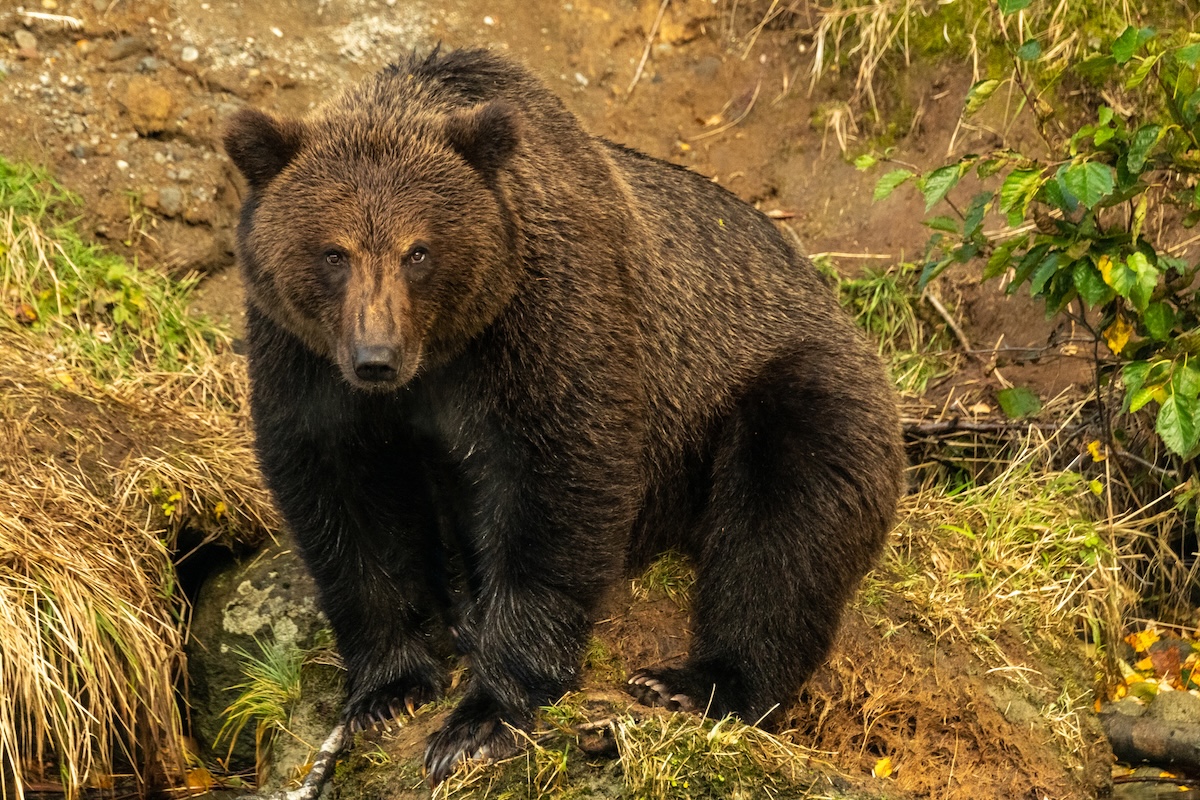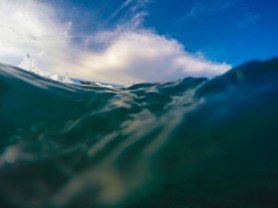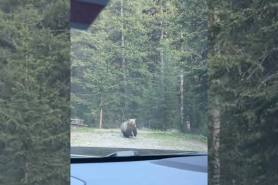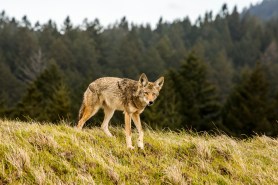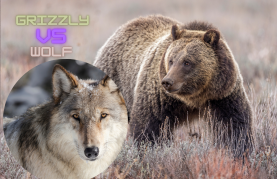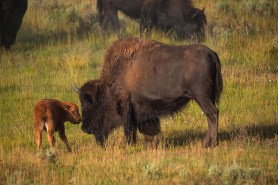

A sea lion acted “unhinged” and “deranged” when it attacked a surfer off the coast of Oxnard, California in Ventura County. The surfer, RJ LaMendola, survived with a nasty bite, but he said the “haunting” experience left him hesitant to get back in the water after 20 years of surfing. Wildlife experts say the sea lion was likely sick from domoic acid poisoning, which can make the animals unusually aggressive.
Videos by Outdoors
“Today, I endured the most harrowing and traumatic experience of my 20yrs of surfing—an encounter that left me shaken to my core,” LaMendola wrote in his March 21st Facebook post. “It started as an ordinary session, just me and my board, about 150 yards from the shore, riding the waves in solitude [. . . ] until, out of nowhere, a sea lion erupted from the water, hurtling toward me at full speed. Its mouth gaped wide, teeth flashing, and its eyes locked onto me with an unsettling ferocity.”
LaMendola goes on to detail the harrowing ordeal. The sea lion bit into him and tried to yank him off his board, and it wouldn’t relent as the surfer tried desperately to get back to shore. When he did get to shore, LaMendola drove himself to the emergency room and tried to process what had just happened and why.
Sea Lions Are Sick From Toxic Algae Blooms
When he contacted the Channel Islands Marine Wildlife Institute to report the incident, LaMendola said: “They’re currently dealing with a wave of incidents across Santa Barbara and Ventura County involving sea lions and other marine animals affected by Domoic Acid Toxicosis. It’s a neurological condition caused by toxic algae blooms, and it’s driving these creatures into aggressive, uncharacteristic behavior. The sea lion that attacked me wasn’t just acting out—it was sick, its mind warped by this poison coursing through its system.”
Sea lions are naturally curious, playful animals, and sea lion attacks on humans are rare under normal circumstances. Unfortunately, it’s not “normal circumstances” right now along the California coast. Harmful algae blooms have poisoned “scores” of California sea lions and dolphins that are stranding on beaches in the area, according to NOAA.
Animals with domoic acid toxicosis can be unpredictable, and sadly, uncharacteristically aggressive, as was the case with the sea lion LaMendola encountered that day in the ocean. Thankfully, LaMendola said in a follow-up post that he is healing well and looks forward to getting back in the water when the blooms clear up and he can secure a new wetsuit.
See LaMendola’s original Facebook post about the incident, followed by a news report highlighting the story, here:
Find the Hidden Animals
- Can You Spot the Hidden Snake in This Photo?
- There’s a Hidden Snake in This Photo. Can You Find It?
- Can You Find the Hidden Iguana in This Photo?
- Video: This Snake Is So Well Hidden, You Can’t See It . . . Until You Do
- There’s a Bear in This Photo. Can You Find It?
- ‘Spotted This Frog While Hiking’ . . . What Frog? Can You Find It?
- Can You Find the Deer Hiding in These Photos?
- Bear-ly There: Find the Bear Hiding Along the Appalachian Trail
- Can You Spot the Snow Leopard? (Hint: It’s Looking Right at You)
- There’s a Bobcat Hiding in Plain Sight. Can You Find It?
- There Are Two Bears Hidden in This Scene. Can You Find Them?
- Find the Hidden Mountain Lion (Wait Until You Hear Where It Is)
- Once You See It, You Can’t Unsee It. Can You Find the Snake?
- ‘I Promise There’s a Deer in This Picture’: Can You Spot It?
- Can You Spot the Bald Eagle Hidden in This Photo?

